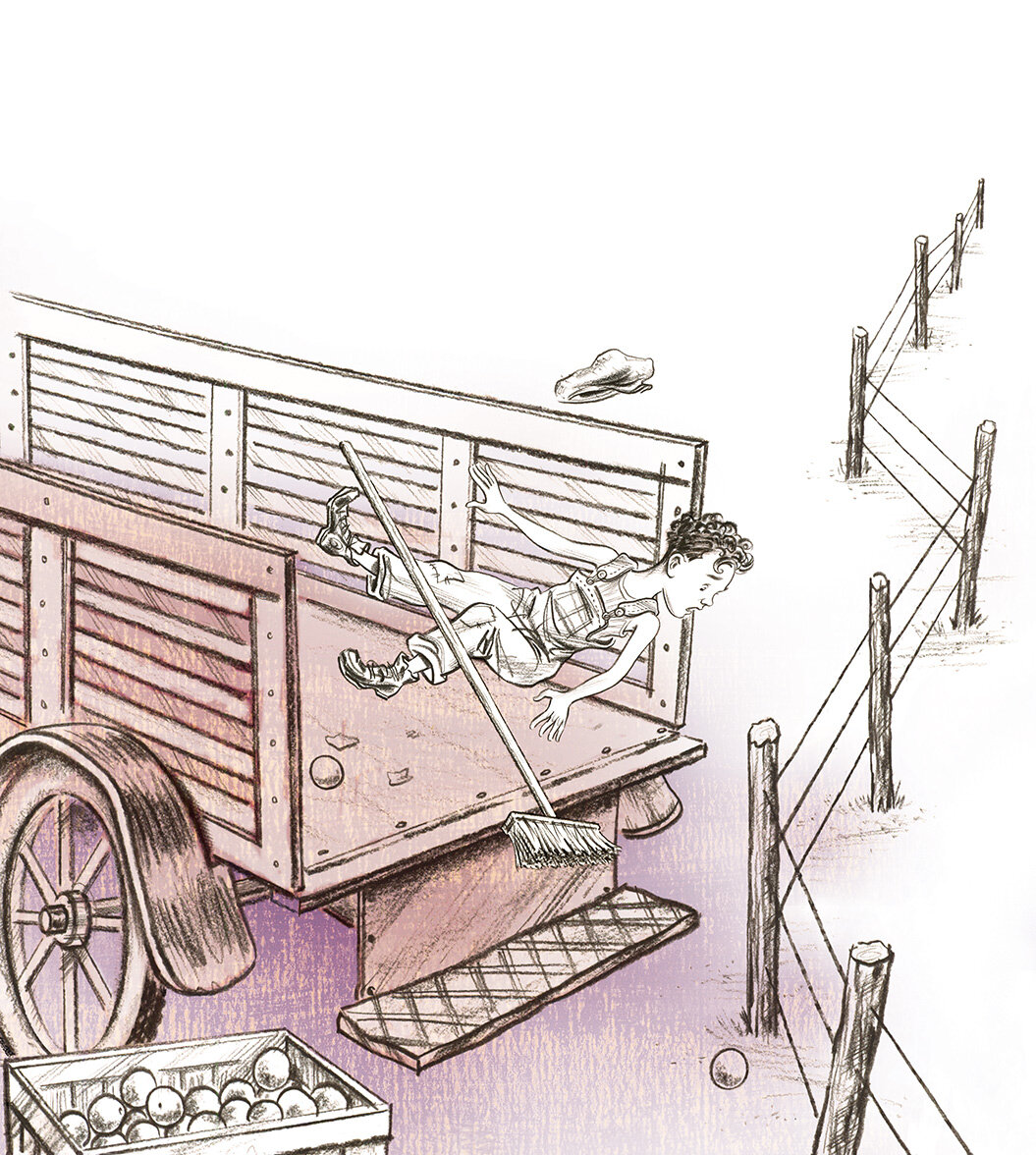^ above -the Title Page illustration from the upcoming new picture book, It Simply Can’t Be Bedtime, slated for release in Spring 2025 published by G.P Putnam’s Sons, an imprint of Penguin Random House. Written by Pamela Paul & illustrated by Steven Salerno
To date I’ve had 37 picture books published. And back in April 2024 I completed all the final illustrations for my 38th picture book, It Simply Can’t Be Bedtime, slated for release in Spring 2025 published by G.P Putnam’s Sons, an imprint of Penguin Random House. A jaunty and charming story about a stubborn little girl who refuses to get ready for bedtime. So her wise Dad cleverly elicits the assistance of the girl’s very British stuffed animal, Lady Pigsworth, to help him prompt his daughter in getting ready for bed. It’s wonderfully written by the prominent NY Times editor & columnist, Pamela Paul, her first picture book story!
Back in April I delivered all my final illustrations (the interior spread illustrations, the Endpapers, Title Page, and Cover art) to the art director Lily Malcolm and senior designer designer Cindy De la Cruz. They finalized their design layout & production files -which were sent to the the printer to do test printings. And just this week I received the 1st run of color proofs from the printer for my review, in order to give my thoughts on the accuracy of the color reproduction. These color proofs are printed on the exact paper the final picture book will be printed on. So sometime soon the printer will get the official approval and the picture book will be scheduled for printing. I won’t see a hot-off-the-press copy of it probably until the beginning of the Spring in 2025.
Below are a few sneak peeks at finished illustrations (and a sketch) from It Simply Can’t Be Bedtime. I created all the illustrations almost entirely digitally in Photoshop, though I also paint gouache textures -which were scanned into Photoshop and integrated into the many layers involved to create the final illustration.
NOTE: When this picture book is released in Spring of 2025 at that time I’ll also add more images from this book into the fiction picture books section of this site.
^ 2 images above -the preliminary sketch and the corresponding finished illustration (a cropped detail view) of the stubborn little girl character in the upcoming new picture book, It Simply Can’t Be Bedtime, slated for release in Spring 2025 published by G.P Putnam’s Sons, an imprint of Penguin Random House. Written by Pamela Paul & illustrated by Steven Salerno
^ above -a cropped detail view of an illustration -with the Dad in discussion with the very British stuffed animal Lady Pigsworth -from the upcoming new picture book, It Simply Can’t Be Bedtime, slated for release in Spring 2025 published by G.P Putnam’s Sons, an imprint of Penguin Random House. Written by Pamela Paul & illustrated by Steven Salerno





























































